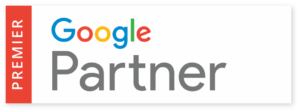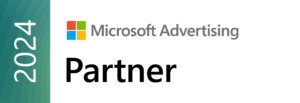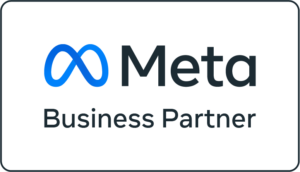Knowing When to Go Manual: Automation vs. Personalization in Outreach
In the digital age, automation in outreach has become a staple for efficiency and scale. However, the one-size-fits-all approach of automation often misses the mark in terms of personal connection and relevance, especially in high-stakes or niche markets. This article explores the critical balance between automated and manual outreach strategies, emphasizing that, depending on the audience, list size, and specific goals, quality often trumps quantity. We’ll delve into recognizing when to supplement or replace automated methods with more personalized, manual outreach.
Understanding the Limitations of Automation
- The Appeal of Automation
- Efficiency: Automated tools can send messages to large audiences quickly.
- Consistency: Automation ensures a consistent message is delivered.
- Where Automation Falls Short
- Lack of Personalization: Automated messages often lack the personal touch needed to engage certain audiences.
- Inability to Adapt: Automated systems can’t adapt their messaging based on real-time feedback or nuanced audience behaviors.
The Power of Personalization
- Benefits of Manual Outreach
- Tailored Communication: Manual outreach allows for customization of messages, making them more relevant and engaging.
- Building Relationships: Personalized communication fosters stronger connections and trust.
- Identifying Opportunities for Personalization
- High-Value Prospects: For key accounts or high-value prospects, personalized outreach can significantly increase the chances of engagement.
- Niche Markets: In specialized markets, tailored messages resonate more due to the specific needs and interests of the audience.
When to Shift from Automated to Manual Outreach
- Assessing Your Audience
- Understanding Audience Needs: Evaluate if your audience values and responds better to personalized communication.
- Segmentation: Identify segments within your audience that may require a more hands-on approach.
- Considering the Goal of the Campaign
- Brand Awareness vs. Lead Generation: While automation might work for broad brand awareness campaigns, lead generation, especially in B2B contexts, often benefits from a personalized approach.
- Long-Term Relationship Building: For long-term relationship nurturing, consider manual, personalized follow-ups.
- Evaluating List Size and Quality
- Smaller, High-Quality Lists: Smaller lists with high-potential leads often warrant the extra time and effort of manual outreach.
- List Health and Engagement Rates: Monitor your engagement rates; declining rates might indicate the need for more personalized strategies.
Best Practices for Manual Outreach
- Research and Due Diligence
- Understanding the Prospect: Invest time in understanding the prospect’s business, challenges, and industry trends.
- Personalization at Scale: Use tools to gather insights about prospects to personalize at scale without fully manual processes.
- Crafting Personalized Messages
- Relevance and Value: Ensure your message addresses specific needs or interests of the prospect.
- Authenticity: Be genuine in your communication; avoid making it sound like a templated message.
Integrating Automation and Personalization
- Hybrid Approaches
- Automated Personalization: Use automation tools that allow for a degree of personalization, like inserting a prospect’s name or company in emails.
- Trigger-Based Personalization: Set up automated triggers for personal follow-up based on specific actions taken by the prospect.
- Continuous Monitoring and Adjustment
- Feedback Loops: Establish feedback mechanisms to continually assess the effectiveness of your outreach strategies.
- Adaptation: Be ready to adapt your approach based on feedback and results.
In outreach, striking the right balance between automation and personalization is key. While automation offers efficiency and consistency, it often lacks the depth and relevance provided by personalized, manual outreach. By understanding your audience, assessing the goals of your campaign, and evaluating your list size and quality, you can determine the most effective approach. Remember, in certain scenarios, the time and effort invested in manual, personalized outreach can yield significantly higher returns, fostering stronger relationships and higher engagement rates.






